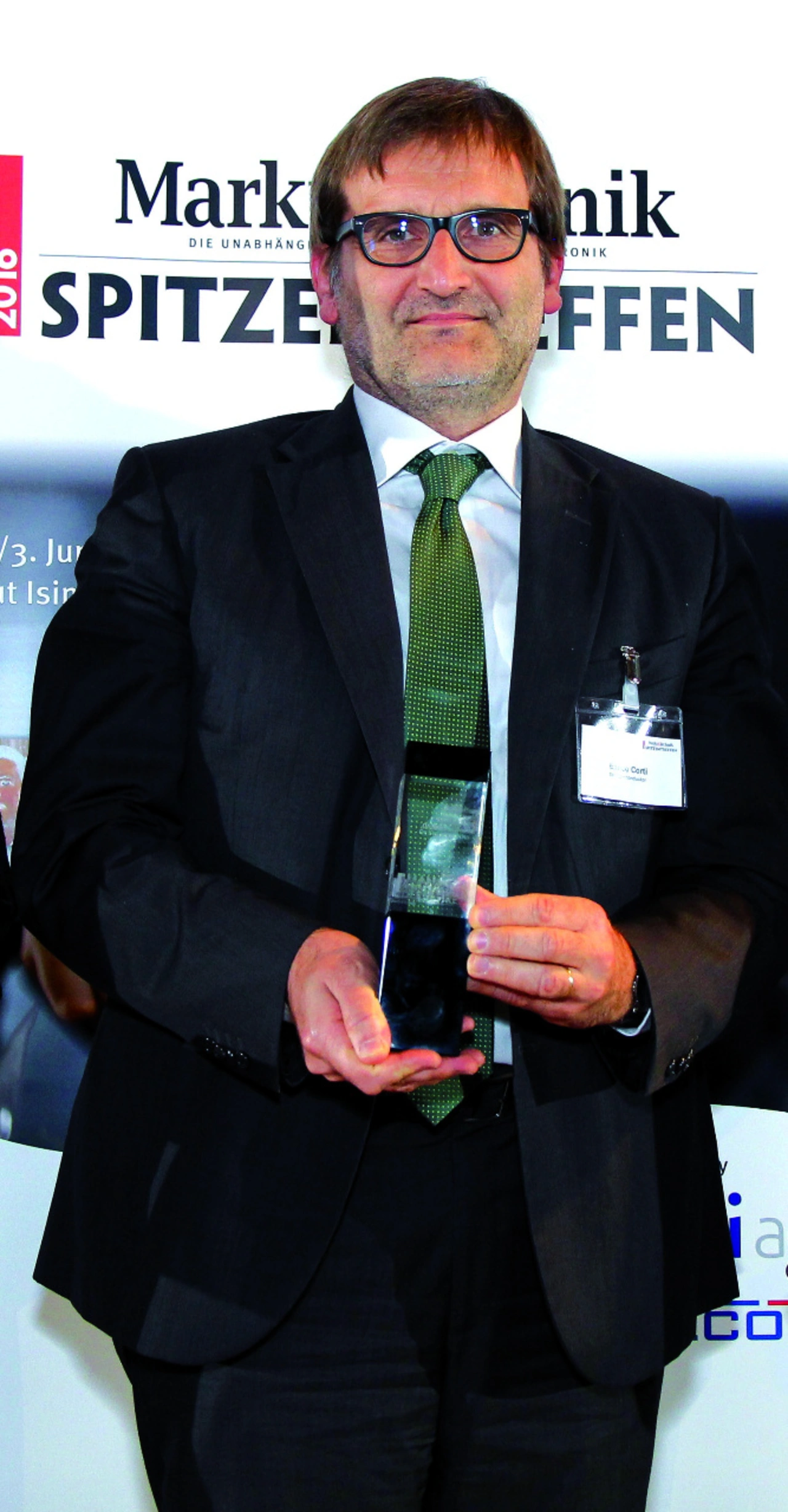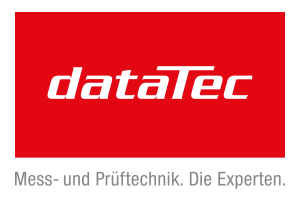Panel Discussion at PCIM Europe 2022
Solutions for the MOSFET Shortage
Currently, there is not only a shortage of microcontrollers, but also of power semiconductors. With this in mind, editors of Markt&Technik discussed with industry experts at PCIM Europe not only the reasons, but more importantly solutions – including those that work in the short term.
-
Foundries Only for Commodity MOSFETs
-
Chinese MOSFET Suppliers Poised for Takeoff
-
Gallium Nitride Ready to Step In
A survey by Markt&Technik revealed that delivery times for silicon MOSFETs are currently reaching 50 to over 100 weeks! And this may continue for much longer. Dr. Ana Villamor, Team Lead Analyst for Power Electronics at the market research institute Yole Développement, sees no signs of an easing of the situation before 2023. She even does not expect supply and demand for MOSFETs and IGBTs to equalize until 2026.
During the panel discussion, several solutions were identified to mitigate the current MOSFET shortage, including some that could work in the short term:
- Whether foundries could compensate part of the shortage,
- whether Chinese suppliers could step in, or
- whether Gallium Nitride transistors would provide a viable alternative for unavailable MOSFETs?
But how good are these solutions?
|
Increasing Demands for All Kinds of Power Semiconductors |
|---|
|
According to Dr. Ana Villamor of Yole Développement, all component segments are expected to grow. Moreover, this growth will not be driven by a single market segment, but by the manufacturing industry as well as the automotive sector and, above all, of course, electric vehicles. For IGBTs, the analyst expects six to seven percent annual growth, driven by industrial and factory automation and renewable energy. The biggest growth driver, however, is electric vehicles. In 2021, there were already 16 million electric vehicles on the road worldwide - including various types of hybrids - but that number is expected to grow very quickly. Silicon MOSFETs are expected to grow at similar rates as IGBTs. Again, the automotive industry is a growth driver, but also consumer electronics and data centers. Silicon carbide MOSFET modules are expected to grow substantially faster by approximately 36 percent per year up to 2026. This is mainly due to the automotive industry. All major car manufacturers are developing or already selling cars with a battery voltage of 800 V. This requires a lot of 1200 V devices - mostly SiC MOSFETs. For gallium nitride, consumer electronics is most likely to be the main driver, but GaN will also gain traction in the automotive industry and data centers. Yole expects a compound annual growth rate of 63 percent through 2026. |
Foundries Only for Commodity MOSFETs

Villamor is skeptical about the foundry approach, which is common for digital chips today: "Such foundries exist in East Asia and China, but not in Europe and the U.S." She feels that the major Western power semiconductor suppliers are not willing to share their experience and manufacturing processes with suppliers or foundries in East Asia and China. However, the analyst noted that the situation is different when it comes to commodity technologies.
Philip Lolies agrees. The Vice President Marketing & Application EMEA at STMicroelectronics can well imagine outsourcing standard MOSFETs to foundries. "But high-performance, high-voltage MOSFETs, such as we or other Western chip manufacturers produce, are not so easy to copy," Lolies adds. STMicroelectronics, for example, is already manufacturing its sixth generation of superjunction MOSFETs, while Chinese companies have just introduced their first generation. "We have many years of experience, which is simply what the Chinese companies are lacking," Lolies sums up.

Dr. Denis Marcon, European managing director of Innoscience, a Chinese GaN specialist, sees it differently: "There are a number of Chinese semiconductor manufacturers who do not sell outside the country. But that will certainly change." He believes that these could not only rapidly expand their manufacturing capacity, but also use proven technologies and manufacture high-quality, reliable products. Furthermore, Chinese semiconductor companies are attracting talent from around the world. "I think they could provide the missing manufacturing capacities - even for the newer technologies. Take SMIC, for example; of course, this foundry is not comparable to TSMC - yet," Marcon concludes.
Chinese MOSFET Suppliers Poised for Takeoff
Ana Villamor confirms that China is really accelerating in semiconductor manufacturing: "The Chinese government offers numerous incentives to local semiconductor manufacturers and design centers." The country is still the largest market for electric vehicles, and 35 to 40 percent of all power electronics are sold there. In addition, lead times for silicon MOSFETs from Chinese suppliers are about 24 weeks, half to a quarter of those from Western suppliers. In addition, Villamor reports that the Chinese are really incredibly agile: "In just one year, they can set up a brand-new 300-mm fab, and we're all standing there with open mouths, wondering: How the heck did they accomplish that?"
| Could Chip Brokers Be of Assistance? |
|---|
|
"We definitely don't sell to brokers. We have absolutely no interest in that," clarifies Enrico Corti from onsemi. He assumes that some customers simply cannot manufacture as many end products as planned and then want to get rid of components lying in stock. These could then end up on the grey market. As a possible alternative, Corti makes the following offer: "We can help such a customer find another customer who is looking for exactly these devices." "But that's not the only problem with the grey market," emphasizes Philip Lolies of STMicroelectronics. "When one of our customers sells their surplus components, they are absolutely flawless products. However, people come to me frequently and say they bought ST components on the gray market, but there's no chip inside or the parts don't work as specified. These counterfeit products are a whole different story." |

According to Marcon, an expert on China, another important aspect of the market and the mindset of the people there is the ability to adapt quickly to what's new. "There are no big debates about whether to do something or not," he reports. "They just do it, and in that close feedback loop, we at Innoscience have learned very quickly what does work and what doesn't."
But there are other opinions as well. "Large European customers who really pay close attention to their supply chain ask us to prove that we have our supply chain fully under control," reports Enrico Corti, Vice President EMEA Sales at onsemi. "In turn, other customers tell us that it would help them tremendously if almost all parts were sourced from China." This confirms for him the general trend to regionalize the bills of materials.
Marcon disagrees, referring to his own experience. When Innosicence approached him to move away from imec, he asked several of his friends in the industry if they had a problem with sourcing components from China. "And they said straight up that they didn't, as long as the products were of high quality and meet the relevant standards," Marcon says.
Gallium Nitride Ready to Step In

Another approach to mitigate the current MOSFET shortage could be to migrate to GaN transistors. After all, Innoscience can impress with lead times of 18 to 20 weeks. That is much shorter than for silicon. Other GaN suppliers have similar figures, and Innoscience as well as other companies are currently increasing their manufacturing capacities drastically.
"This is a great opportunity to accelerate the adoption of GaN," Marcon is certain. He also encourages his customers to consider GaN transistors as an alternative to the silicon MOSFETs they have been using. And that applies to 650-volt applications as well as low-voltage applications, he said. "At lower blocking voltages like 100 and 150 volts, there was some doubt about whether GaN was a good choice," Marcon adds, "But with this shortage, there is an opportunity for GaN to prove that it is a good alternative. And even if lead times for silicon devices eventually return to normal, customers will have a viable alternative, and in some cases GaN will even become the preferred choice."







